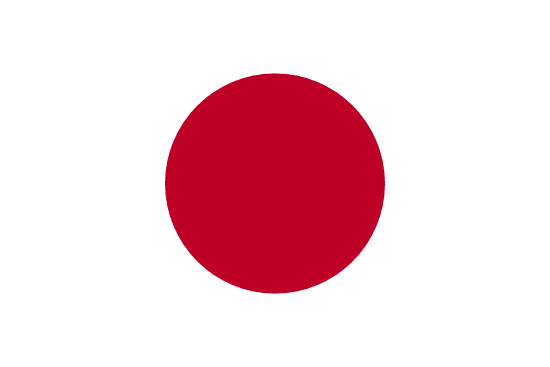"奈良の大仏様 | The Great Buddha of Nara"
About:
Nara, Japan, was established in 710 as Heijo-kyo, the nation's first permanent capital. It flourished as a political and cultural center until 784 when the capital was moved to Nagaoka. Despite this, Nara remained an important center of Buddhism and traditional Japanese culture. In 1890, it was officially designated a city. Today, Nara is renowned for its historical landmarks, including ancient temples and the Nara Park, home to hundreds of freely roaming deer.
When to visit:
The ideal time to visit Nara, Japan on a holiday would be during the spring season, specifically in late March to early April. This is when the famous cherry blossoms, or sakura, are in full bloom, creating a picturesque setting throughout the city. Additionally, autumn, from late October to early November, is also a popular time to visit Nara due to the stunning fall foliage. It is important to note that these periods are peak tourist seasons, so be prepared for crowds and higher accommodation prices.
When to avoid:
Nara, Japan, is a popular tourist destination known for its historical sites and serene nature. The worst time to travel to Nara on a holiday would typically be during Golden Week, which occurs in late April to early May. During this time, major attractions in Nara, such as Todai-ji Temple and Nara Park, can become extremely crowded, leading to long lines and difficulty in enjoying the sights. It is recommended to avoid traveling to Nara during this peak holiday period to ensure a more pleasant and relaxed experience.
Winter (Dec-Feb)
In Nara, Japan, the coldest part of the year is January, with temperatures dropping to lows of -2°C. The wettest period is June, during the rainy season, with an average rainfall of 190mm. During these times, the sky is typically overcast. In January, days are short with about 5 hours of sunlight, while June experiences around 5-6 hours. An average day for a visitor during these periods would involve braving the cold or rain, with less outdoor activities due to the weather conditions. It's a good time to explore indoor attractions like temples and museums.
Summer (June - August)
In Nara, Japan, the warmest part of the year typically spans from June to August, with July being the hottest month. During this period, the average high temperatures range from 28°C (82°F) to 33°C (91°F), with lows around 20°C (68°F) to 25°C (77°F).
Rainfall is significant during this period due to the East Asian monsoon, with June being the wettest month. Expect around 180 to 230 millimeters of rain per month. Despite the rain, there's still plenty of sunlight with an average of 5-6 hours per day.
Humidity is high during these months, often exceeding 70%, which can make the heat feel more intense. The city experiences a mix of clear, partly cloudy, and overcast skies, but generally, cloudiness increases with the chance of rain.
For a visitor, a typical day in Nara during this time would feel hot and humid, especially in the afternoons. Mornings and evenings are comparatively cooler and more comfortable. The city would often be lush and green due to the rain, but be prepared for occasional downpours and thunderstorms. Despite the humidity and rainfall, it's a great time to explore Nara's rich history and beautiful parks, just remember to stay hydrated and carry an umbrella.
Language:
In Nara, Japan, the most commonly spoken language is Japanese. The city, like the rest of the country, primarily uses the Japanese language for daily communication. The local dialect is known as Kansai dialect, which is distinctive from the standard Tokyo dialect. English is also understood in tourist areas, as Nara is a popular destination for international visitors.




